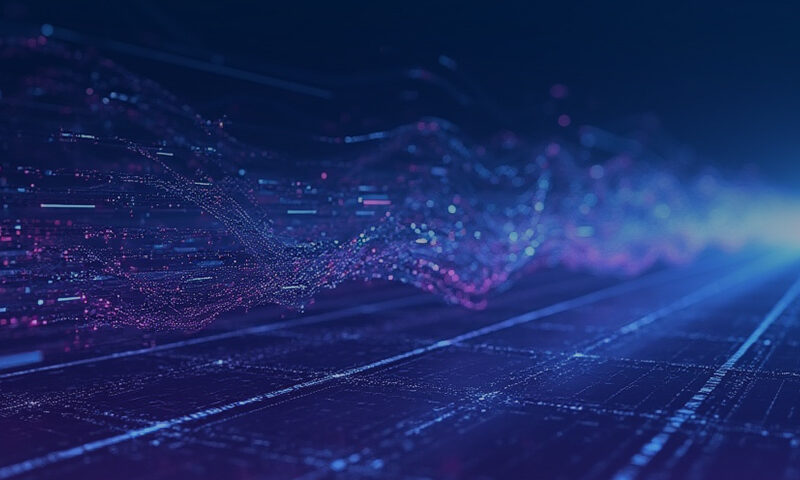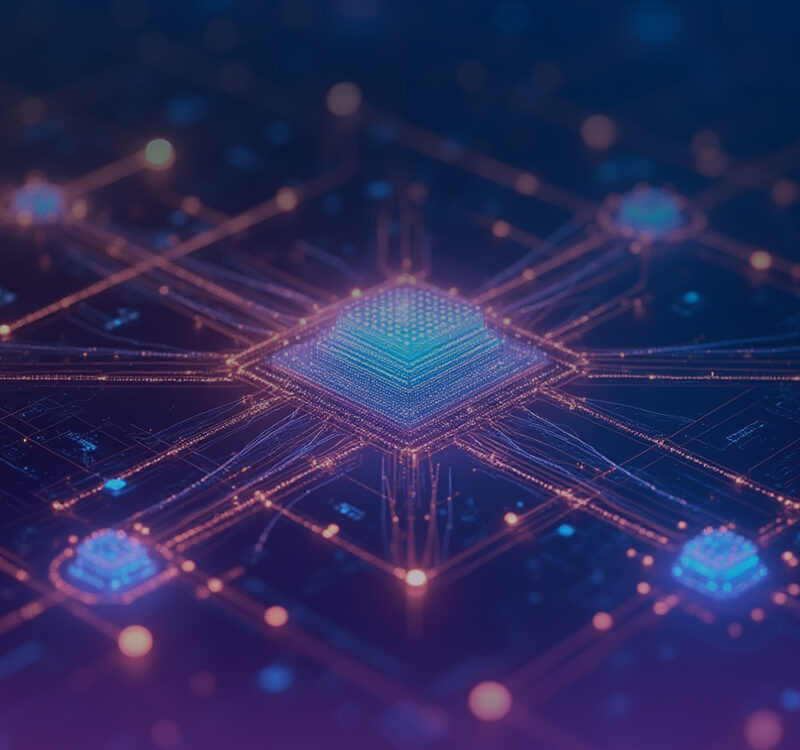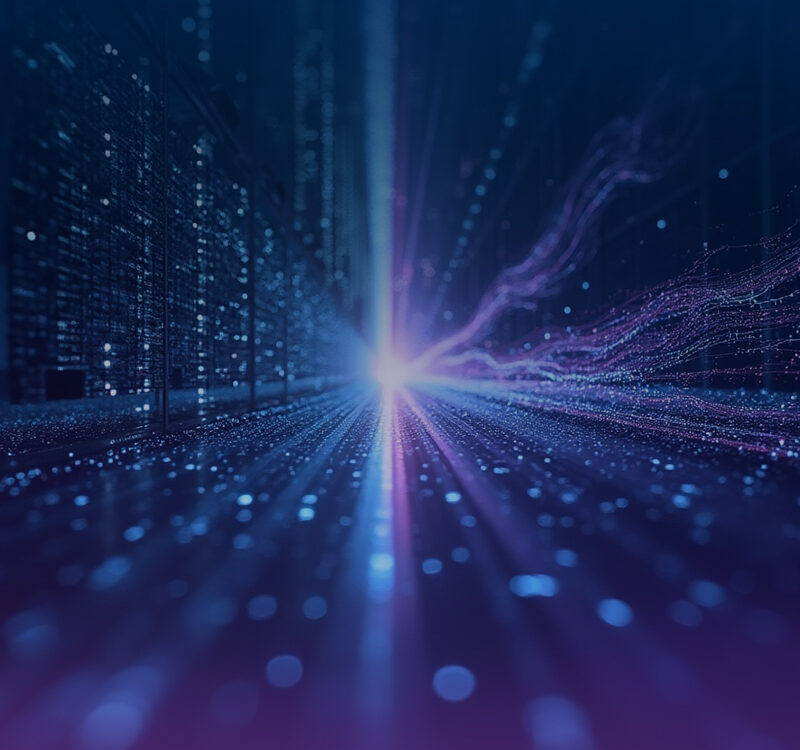
Inside the Workflow of a Self-Evolving Incident Analysis Agent
July 15, 2025
How SIRP’s AI-Native Security Framework Helps You Respond to Cyber Threats Faster
July 15, 2025
Inside the Workflow of a Self-Evolving Incident Analysis Agent
July 15, 2025
How SIRP’s AI-Native Security Framework Helps You Respond to Cyber Threats Faster
July 15, 2025Table of contents
- Introduction: Why Manual Triage is No Longer Feasible in Today's Cybersecurity Landscape
- What Is an Incident Remediation Suggestion Agent?
- The Benefits of Moving Away from Manual Triage
- How Does the Incident Remediation Suggestion Agent Workflow Operate?
- Real-World Application: How a Self-Evolving Agent Handles Phishing, Malware, and Insider Threats
- Why Incident Remediation Suggestion Agents Are the Future of Incident Analysis
- The Challenges of Adopting Incident Remediation Suggestion Agents
- Conclusion: The End of Manual Triage — What’s Next?
Introduction: Why Manual Triage is No Longer Feasible in Today's Cybersecurity Landscape
Every day, SOC teams face a relentless barrage of security alerts, often numbering in the thousands. With limited resources, traditional SOC teams struggle to process and prioritize these alerts manually. Analysts are forced to sift through low-priority or false-positive alerts, sometimes leaving critical incidents undetected or delayed.
Manual triage—where human analysts are the first to review, classify, and escalate alerts—has become increasingly ineffective. This process is not only time-consuming but also prone to human error. The growing volume of alerts and the complexity of attacks in the modern threat landscape demand a faster, more accurate solution.
Here’s the reality: relying on human-driven processes for incident remediation simply isn’t scalable or sustainable. In fact, manual triage often leads to slower detection times, higher risk exposure, and increased analyst burnout—all of which contribute to longer Mean Time to Resolve (MTTR).
Incident Remediation Suggestion Agents are emerging as the solution to this problem. These AI-driven systems not only automate the triage process but also provide actionable remediation recommendations in real-time. By using contextual awareness and machine learning, these agents ensure that SOC teams can focus their efforts on higher-level tasks while ensuring the most critical incidents are addressed quickly.
In this blog, we’ll examine how incident remediation agents are transforming the SOC model, allowing teams to move from reactive, manual processes to intelligent, autonomous workflows that reduce response times, improve efficiency, and scale operations without increasing headcount.
What Is an Incident Remediation Suggestion Agent?
An Incident Remediation Suggestion Agent is an advanced form of AI designed to assist in the initial response and mitigation of security incidents. These agents don’t just automate basic triage functions, they recommend specific remediation actions based on real-time analysis of alerts, asset criticality, historical incidents, and threat intelligence.
Key capabilities include:
- Alert Prioritization: Automatically ranking incidents by risk and impact.
- Contextualized Remediation: Suggesting specific actions based on the nature of the incident.
- Adaptive Learning: Continuously improving suggestions based on feedback and evolving threat patterns.
By leveraging these agents, SOCs can significantly speed up the remediation process, enabling faster responses and more accurate decisions.
The Benefits of Moving Away from Manual Triage
Manual triage in SOCs is slow, error-prone, and burdens analysts with routine tasks that could be automated. Here are a few key reasons why it’s time to move on from manual triage and adopt
Incident Remediation Suggestion Agents:
1. Alert Fatigue
Human analysts struggle with an overwhelming number of alerts, often leading to burnout and missed critical events. An AI-driven system reduces alert fatigue by handling the majority of routine triage tasks autonomously.
2. Slower Response Times
Manual triage takes time. Analysts must review each alert, assess its relevance, and escalate it as needed. AI agents process alerts in real-time and suggest next steps instantly, significantly reducing response times.
3. Limited Context
Traditional methods often fail to consider the full context of an alert. AI agents analyze historical incidents, context graphs, and threat intelligence feeds to provide rich, actionable insights that lead to more informed decisions.
4. Increased Operational Costs
Scaling a SOC to handle increasing volumes of alerts traditionally requires more personnel. AI agents scale effortlessly, handling more alerts without the need for constant human intervention.
By adopting AI-driven remediation, these operational challenges are mitigated, allowing SOCs to focus on more critical and complex threats, leading to faster, more accurate decision-making.
How Does the Incident Remediation Suggestion Agent Workflow Operate?
The workflow of an Incident Remediation Suggestion Agent is designed to automate repetitive tasks and empower analysts to focus on more complex, high-priority incidents. Here’s how it works:
1. Alert Ingestion
Alerts from multiple sources (SIEM, EDR, cloud environments) are ingested and parsed by the AI agent. This includes both structured and unstructured data, such as network traffic, application logs, and threat intel feeds.
2. Contextualization
The agent evaluates the full context of each alert, considering factors such as the asset’s criticality, historical data, and risk profiles. This ensures that each alert is not only triaged but also enriched with the relevant context.
3. Correlating Alerts
The agent links related alerts together to identify broader attack patterns. For example, a failed login attempt may be correlated with suspicious file downloads, indicating potential lateral movement.
4. Prioritization
Using dynamic risk scoring, the agent ranks alerts based on their potential impact. It automatically prioritizes the most critical incidents, ensuring that analysts can focus on the highest-value tasks.
5. Remediation Recommendations
Based on its analysis, the agent suggests remediation actions. For example, it might recommend blocking a suspicious IP address or isolating an infected endpoint. These suggestions are based on data-driven analysis and historical trends.
The result is a highly efficient workflow where AI agents handle the bulk of routine triage and incident response tasks, reducing the burden on human analysts.
Real-World Application: How a Self-Evolving Agent Handles Phishing, Malware, and Insider Threats
Let’s look at how incident remediation suggestion agents handle common cybersecurity incidents:
1. Phishing Attack Detection
- Traditional Approach: Analysts manually investigate suspicious emails, which is time-consuming and prone to false positives.
- AI Agent Approach: The agent cross-references phishing domains with threat intel feeds, analyzes email headers, and scans the body for red flags. It assigns a risk score and either blocks the email or escalates it for human review.
2. Ransomware Detection
- Traditional Approach: Analysts often work manually through logs, searching for signs of malware.
- AI Agent Approach: The agent identifies unusual file encryption patterns, cross-references against MITRE ATT&CK tactics, and triggers automatic containment procedures, such as isolating affected systems or disabling compromised accounts.
3. Insider Threat Detection
- Traditional Approach: Analysts monitor user behavior, often missing subtle insider threat signs.
- AI Agent Approach: The agent continuously analyzes user behavior, detects anomalies, and correlates them with known indicators of insider threats, like unauthorized access to sensitive data or unusual login times. The agent’s contextual awareness ensures that only genuine anomalies are escalated, reducing false alarms.
Why Incident Remediation Suggestion Agents Are the Future of Incident Analysis
The key to modern cybersecurity is speed and accuracy. In an age where threats evolve at lightning speed, relying on static playbooks and manual triage is no longer feasible. Self-evolving agents offer:
1. Scalability
As the volume of alerts grows, AI agents can handle the increased workload without needing additional personnel. They scale seamlessly, ensuring your SOC can meet the growing demands of modern security threats.
2. Real-Time Decision-Making
These agents analyze alerts instantly, speeding up response times and reducing the time to detection (MTTD) and time to resolution (MTTR).
3. Continuous Learning
With every incident, these agents improve. They learn from historical data, analyst feedback, and new threats, continuously refining their models to deliver more accurate results.
4. Contextual Awareness
By considering the full context of each alert, these agents avoid false positives and misclassifications, ensuring that only the most critical threats are escalated.
The Challenges of Adopting Incident Remediation Suggestion Agents
While the benefits are clear, several challenges exist when implementing incident remediation suggestion agents:
1. Data Quality
These agents require high-quality, structured data to function effectively. Inaccurate or incomplete data will reduce the effectiveness of the agent and could lead to misclassification.
2. Human Oversight
While these agents are autonomous, human oversight is still necessary for high-stakes decisions. Analysts should verify AI-recommended actions for complex or high-risk incidents.
3. Integration
Successful implementation requires seamless integration with existing SOC tools, like SIEM, EDR, and threat intel platforms. Without proper integration, AI agents may not function optimally.
4. Continuous Tuning
To ensure the agents remain effective, they must be constantly updated with feedback from new incidents, new attack vectors, and evolving organizational needs.
Conclusion: The End of Manual Triage — What’s Next?
The traditional model of manual triage is no longer scalable in the face of evolving cyber threats. Self-evolving incident analysis agents represent the future of cybersecurity operations, enabling SOCs to respond faster, more accurately, and at scale. With AI-driven automation, the role of human analysts shifts from repetitive tasks to strategic decision-making, allowing teams to focus on high-level investigations and proactive defense strategies.
As we move forward, the combination of human expertise and AI-powered efficiency will define the future of cybersecurity operations. The end of manual triage is just the beginning of a smarter, more resilient approach to defending against cyber threats.




